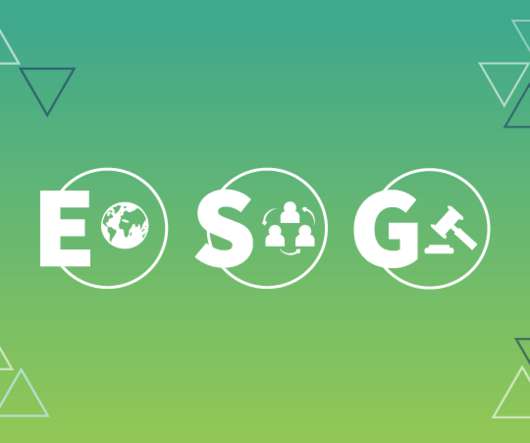Silicon Valley Bank (SVB) Failures in Risk Management: Why ERM vs GRC
LogisManager
MAY 9, 2023
Following the Great Recession, regulators began requiring enhanced disclosure about risk and corporate governance. Instead, they continued investing as they had from 2020-2021, driving through their rearview mirror of asking “Is today like yesterday?” However, it should never replace it. Imagine the contagion there.














Let's personalize your content